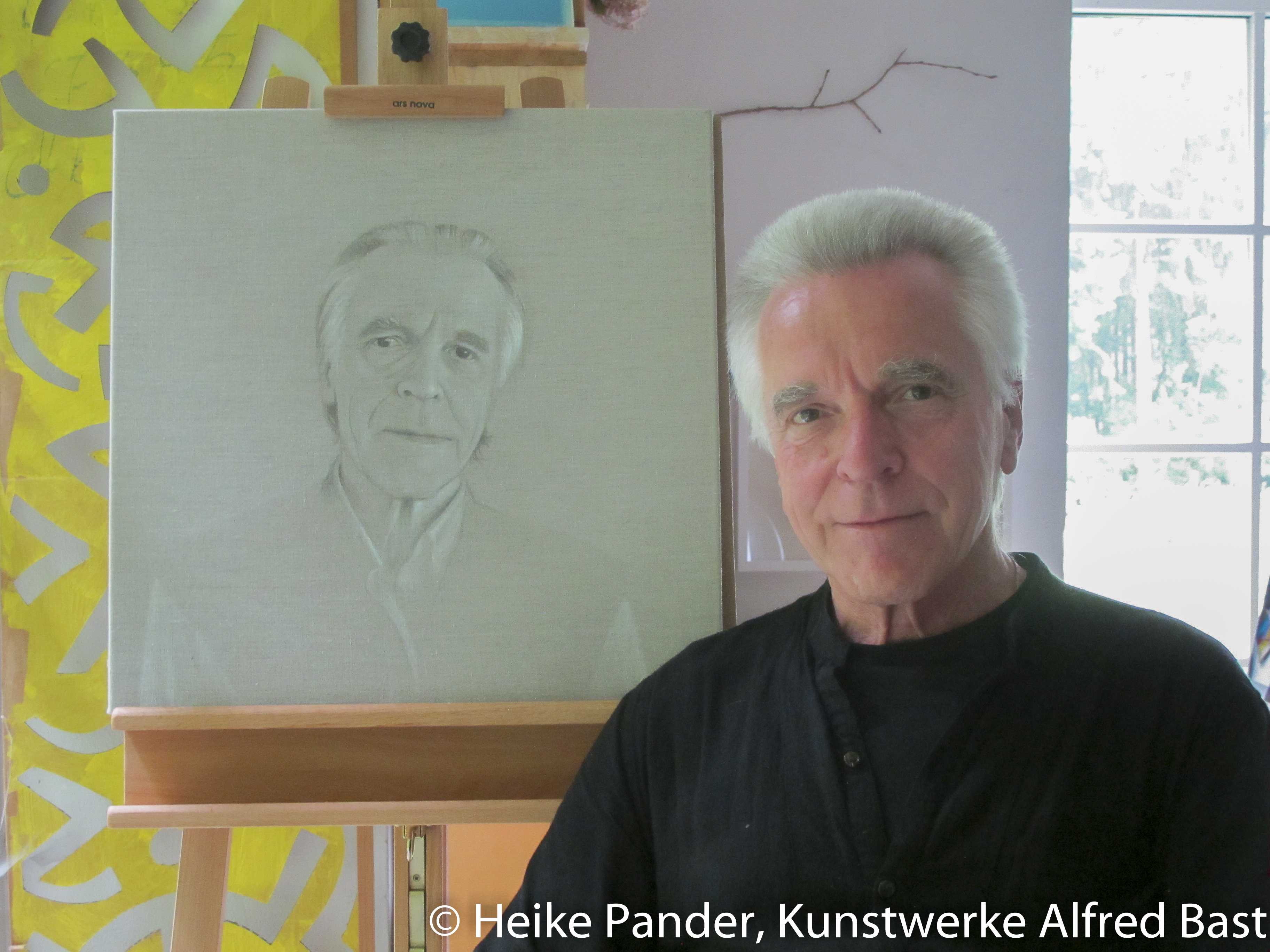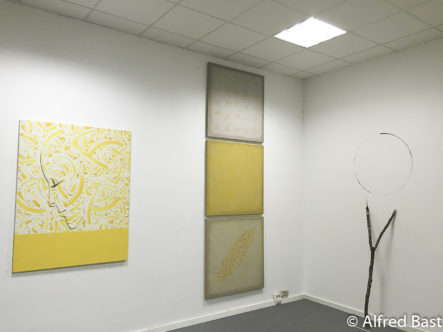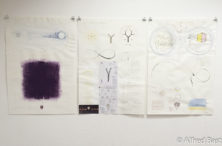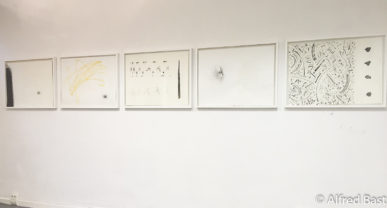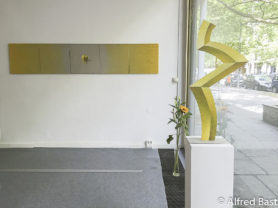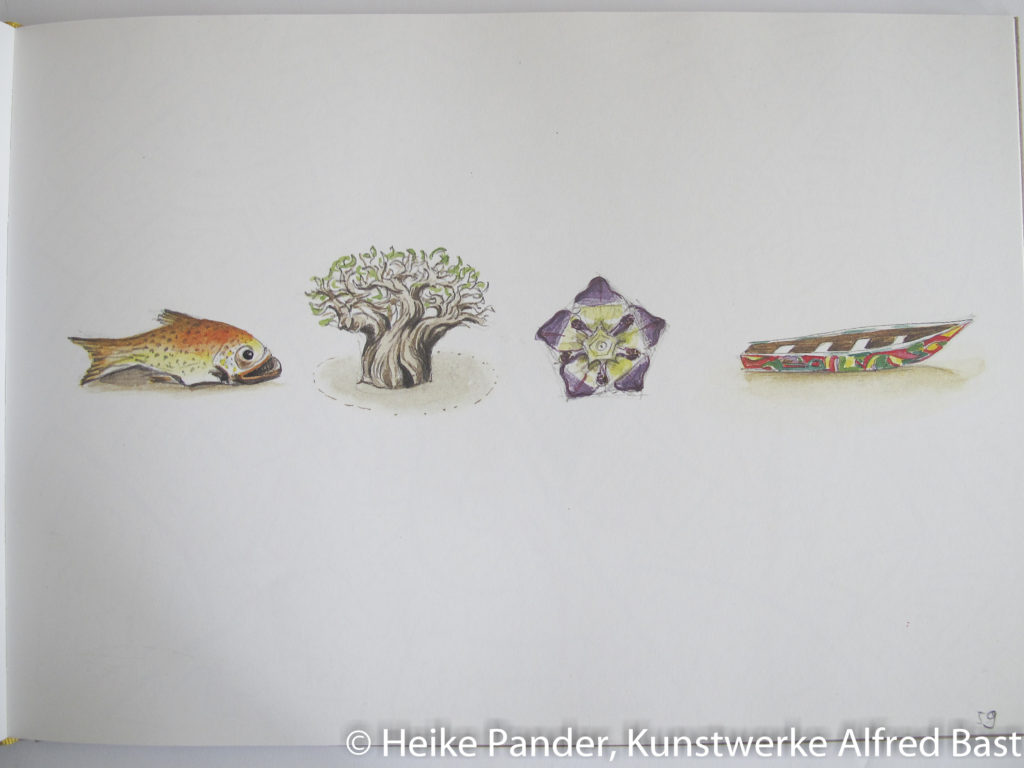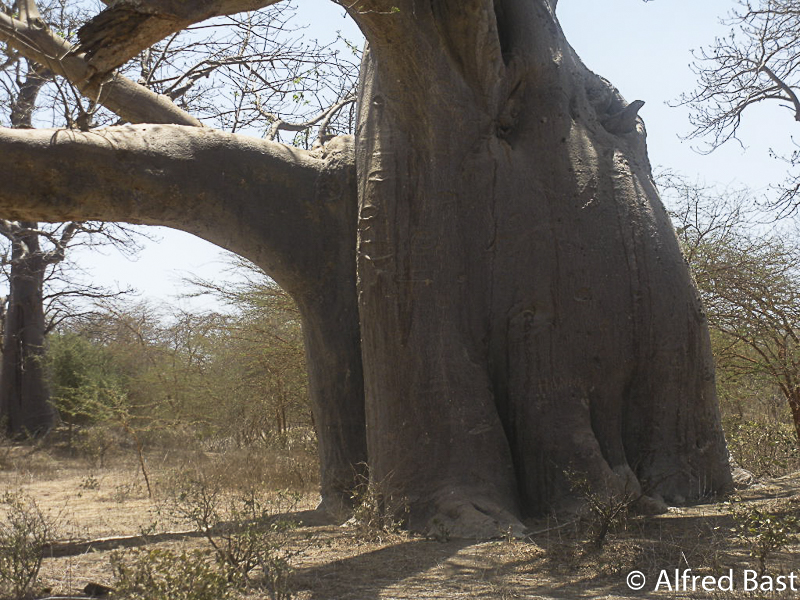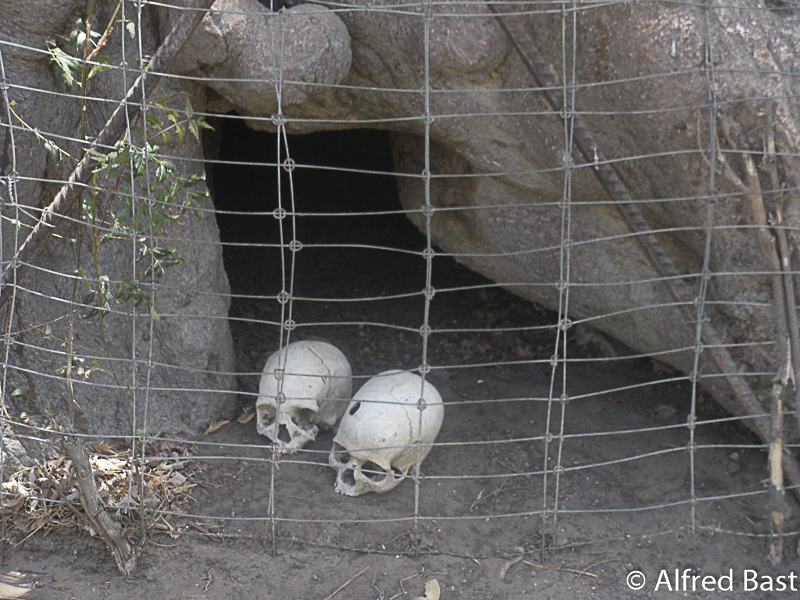Although we did not know each other for most of the time I share a long history with the artist Alfred Bast. The story begins in Hohenstadt a tiny village at the foothills of the Swabian Alb in Germany. It takes almost half a life until we get to know each other personally in 2015 in Berlin where Alfred showed his paintings at the Morgenstern Gallery (“Morning Star”).
The artist at the “Frauenhof”
Alfred Bast has created art for more than 50 years. He draws, paints and has a very intensive connection with nature. Part of his work captures the essence of beings and things. He settled in Hohenstadt during an early phase of his career. The artist picked the former “Spar-Laden” – a grocery store that went out of business – as a basis for his work. Later on he moved to one of the buildings of the Frauenhof.
This place was always full of secrets to me and naturally emanated a magical aura. Well hidden from the eyes of the curious it is situated just outside the village. Idyllically, it was placed on a clearing right in front of old coniferous woods which were planted by my grandmother and other women from the village in the 1960s.
For a long time, the court was owned by Count Adelmann and was used by the count’s family. As a child, I often heard the adults talking about the “Frauenhof” – but I could not see it at that time – it was inaccessible for me.
Access was given to those who were invited or worked there for the count family. The meaning of the name “Frauenhof” which translates into “women’s court” is still a mystery to me today. All the more so, it stimulated my imagination as I roamed through the surrounding woods as a child trying to imagine stories about the court.
The connection: Baobab
As a teenager I admired Alfred’s work and I was fascinated by his fine drawings and his loving interpretation of the small and “inconspicuous” things in nature – which is still abundant around Hohenstadt today. Again and again I saw his drawings and paintings in exhibitions. Like the Frauenhof and the former Spar-Laden the artist Alfred Bast was like an institution to me which I associated with Hohenstadt. Many years later I happened to be in Berlin and heard about the upcoming opening of his exhibition. Naturally I went there to see his work. I passed on greetings from Hohenstadt and a start was made.
In his studio in Berlin, we discovered another connection: BAOBAB! Of all the beings in the world, it was this magical tree that provided us with more topics to talk about – later on in the year at said Frauenhof in Swabia.
Working Idyll in the Studio
The sun shines brightly in early May as I drive along a narrow road to the Frauenhof – hoping that no other vehicle will try to pass me. The path leads downhill slightly and at first I catch a glimpse of the main house only. I am surprised because my childlike imagination suggested a very different impression many years ago: stately, old and in principle like a smaller copy of the castle, which adorns the core of the nearby village.
But I am not there yet. I trudge across the morning-moist spring flower meadow to reach the artist’s workplace. It was built slightly below the main house and in former times used as stables. These were converted into a house years ago and are currently used as a studio and home by the artist. The property looks very friendly and inviting – it nestles peacefully against the high conifers of the adjacent forest.
Alfred has prepared tea and leads me to a peaceful corner of the house with a beautiful view of a forest path which disappears in the lush green: a cosmos in itself and an incredible and inspiring place to create art! The workbook with the illustrations of his baobab sketches lies on the table – already waiting for us and Alfred begins to leaf through it. He has done baobab drawings and has written texts about the Baobab.
In 2008, he accepted an invitation from the Goethe Institute, which financed his visit to Dakar in Senegal. His work resulted in an exhibition at the institute with live performance as part of the “Art Dakar” – a well-known and established festival taking place every two years.
Baobabs and Elephants – a Suitable Comparison
“Yesterday in my exhibition I read from the book and I found out that I wrote something about Baobab trees” – we are in the middle of the conversation. “I was astounded when I saw these trees,” says the artist.
“Baobabs have messed up everything I thought I knew about trees – I had only elephants to compare them with,” he says, referring not only to the appearance of the giants, but also to their nature. “I immediately felt that this is an “elephant tree” and this impression has not changed.”
I have heard people comparing baobabs with elephants quite often and I can understand why. Their sheer size reminds of the gray pachyderms and often the trees even tower above the animals. The texture and color of their bark with the many skin folds and wrinkles reinforce the pachydermic impression.
“The tree stands like a house,” Alfred continues. Again and again people have hollowed out Baobabs and made use of the interiors as dwellings. One of those giants lived in the suburbs of Dakar near his accommodation. “The tree was hollow inside, four or five people could fit in easily,” he remembers. “The baobab fascinates me as a species creating interior spaces – for whatever reason.”
Baobabs and the “Griots”
We talk about the connection of West African artists to Baobab: they are called “Griots” and were buried in Baobabs traditionally. I like how the German artist thinks about this connection – therefore I use an unabridged passage from the interview:
Alfred Bast:
“I have heard that artists are buried in the trees because they do not belong to the earth. This impressed me very much, because I find that the artistic reality of life is between heaven and earth. Actually just like the tree. The artist works for the earth and also from the earth, but without reference to the heavenly and without inspiration there is nothing out of it.
That is why the plant compares to the artist in nature – because the latter is rooted in his biographical reality like every other person. With his striving, realization and implementation, however, he has also integrated areas that he carries within himself and tries to express.
He thus aims not only at the reproduction of what he himself is: family and children. He opens up into an area which, biologically speaking, does not seem necessary to humans at first. But in the conditions that rise beyond the pure needs of the biological, man is a questioning being of exploration and perception – of himself as well.
At this point, man begins to break up like a bud or like hatching out of the egg and starts his search for himself – or after that which touches him. He seeks more than what is necessary to eat and sleep. He needs another food as well.
The artist creates this other food in the form of musical fruits, literary fruits, stories, pictures, sculptures. To this extent, the artist is like a tree, a fruit-bearing being who not only cares for himself but for the community. The artist is a social being and with respect to this I find it perfectly fitting that artists are buried in Baobabs in West Africa. I could picture that for me as well. I would like that. To make the last step from a tree. ”
The essence of Baobab
After another round about burying people in Baobabs in southern Africa, our conversation turns to more sensually tangible spheres. We talk about the bark of Baobab. “Like a skin – like an animal, a being,” Alfred remembers his contact with Baobab bark. “I have experienced the Baobab as an entity – unambiguously,” but not one that he had met in his imagination. “A great, mighty, powerful, and gentle being – like the elephant.”
However, the fascination does not only lie within its presence and emanating power but with its unique aesthetics as well. Alfred’s understanding of art is based – among other things – on the Greek theory of proportion which the Baobab clearly does not fit in with its “inadequate” proportion and his at times bizarre appearance. “The tree is completely different – it seems to orient itself freely to its own liking.” The artist refers to the whimsical, “tower-like trees” he has seen in Senegal.
“The essential thing about the tree to me is something that I associate with the strangeness of Africa.” The Baobab had been a special encounter with Africa, just like the rhythm. “But the rhythm is easier to transport, even the elephants have come – but the baobab is not likely to settle in Europe.”
“God has only sketched man – it happens on the earth that everyone is created.” (Senegalese proverb)
This sentence touched the artist and he decided to use it as the motto for his book. On several pages in the book he shows sketches and texts about the Baobab. “Now I find the sketch not so bad” (Day 8, page 118), he says deep in thought. At first I could not believe what I heard because the sketch looks perfect to me and the “essence” of Baobab seems to be well covered.
The artist explains that while he sketched the tree the blur of the pencil drawing disturbed him – he seemed not able to capture what he felt about baobab. Thus, he overpainted the picture. Today he appreciates his sketch quite differently – to him the blur now perfectly reflects the essence of the tree: “it has such big arms and looks like a house – I could not grasp what I saw at first. I could say the tree stunned me and left me speechless,” the artist says and laughs.
After our excursion into the world of Baobabs, Alfred Bast tells me what “travelling” means to him. He has been to India, the USA, to Senegal and to various other places. He was not interested to cover all the tourist destinations. He rather wanted to experience this “wonderful earth from a completely different location”, where he could “arrive”. To him that means feeling the “deep vibrations of another continent as part of the earth”. This fits in nicely with grasping the essential being of Baobab and to the elephant inside it.
Find more information about the artist and his work HERE


